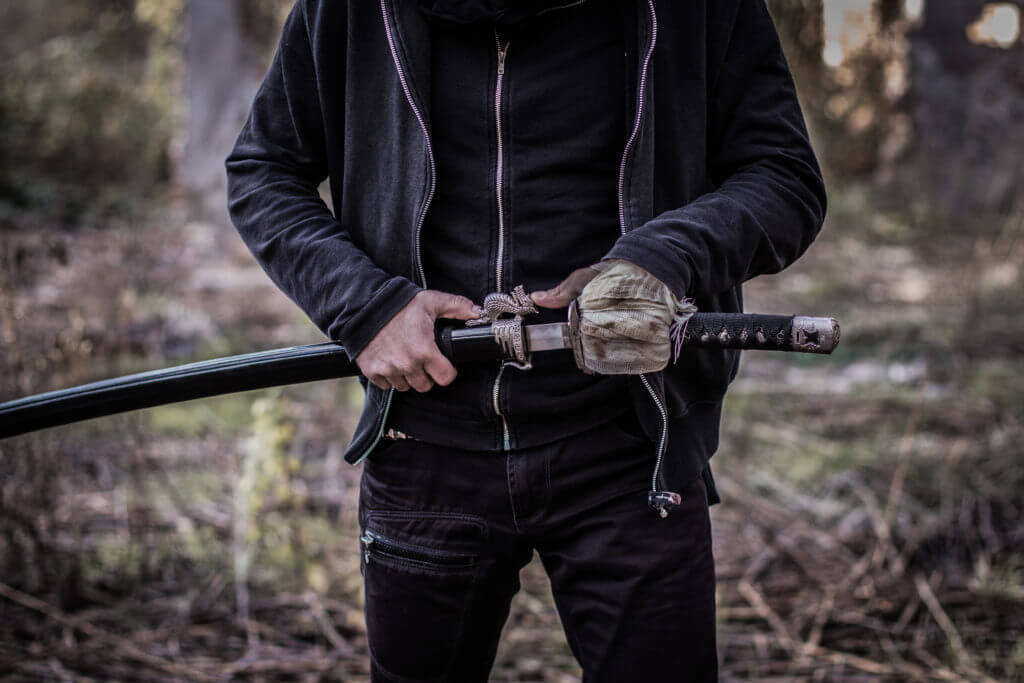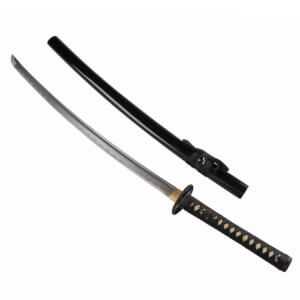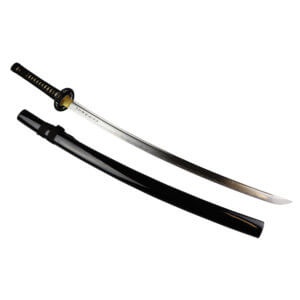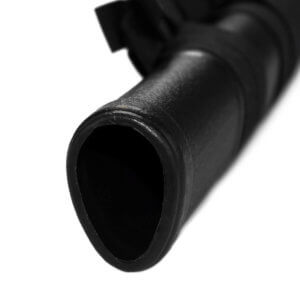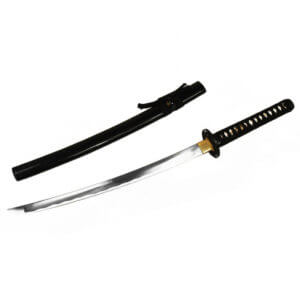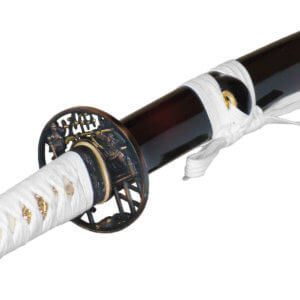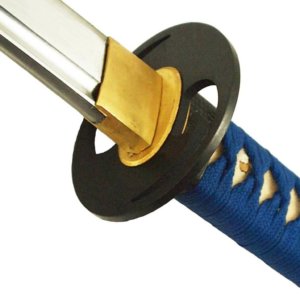The Hollywood film "The Last Samurai" starring Tom Cruise is said to be based on true events. But how much of the plot actually happened? We would like to investigate this question here.
Click here to display content from www.youtube-nocookie.com.
A time of change in Japan
In the film, Tom Cruise plays Nathan Algren, an American Civil War veteran who is mentally broken and suffering from alcoholism due to his combat past and who comes to Japan as a mercenary. He is to provide military advice to the imperial army. The old shogunate had just been overthrown and the Meiji Restoration was in full swing.
At this time, Japan was in a state of upheaval and was beginning to open up after 200 years of isolation. However, this was also accompanied by the loss of old traditions. And for the samurai, there were no longer any enemies to fight. They represented Japan's past.
Professor of Japanese history Harold Bolitho of Harvard University says of this era of Japan: "It wants to exchange the non-productive samurai class for an effective army. It wants to be an independent nation that does not allow itself to be pushed around by Britain or the USA".
However, the samurai did not want to accept this development in Japan and instead wanted to maintain their isolation and status. This led to a rebellion against the imperial army.
The last revolt of the samurai, the Satsuma Rebellion in 1877, ultimately provides the historical background for the film. In the film, the main character Nathan Algren joins the samurai and fights alongside them, even though he was sent to advise their opponents.
By switching sides, he comes to terms with himself and regains the honour he had previously lost in the American Civil War.
-
1045 carbon steel, Film swords
Rated 4.00 out of 5104.90 €incl. VAT.
Plus. Shipping costs
Delivery time: 2-3 working days
Last Samurai - What was depicted historically correctly
Although the character Nathan Algren is fictional, he is loosely based on the soldier Jules Brunet. He was sent to Japan to modernise the army there. However, when the old shogunate was overthrown, he made it his mission to bring it back to power (without success). There are therefore some correct parallels between the fictional and historical characters.
The time frames of the events depicted in the film are fundamentally correct. The fact that Algren took part in the American Civil War in 1876 and the battle in Japan in 1877 seems close, but is possible.
The costumes used in the film are largely adapted to the period and depict Japan's rapid modernisation well.
The film portrays very well the samurai's love for their katana swords, which are their traditional weapons.
The rapid transformation of the Japanese army is also adequately portrayed. Initially ineffective in its actions, it quickly developed into a professional army with state-of-the-art weapons.
What was not presented historically correctly
The samurai revolution was not just about the loss of old values, as portrayed in the film. Above all, it was about the samurai wanting to maintain their good standing in society.
Unlike in the film, the samurai also fought with modern weapons, such as firearms. In fact, one of the first acts of the samurai during the Satsuma Rebellion was to attack and loot an armoury full of firearms.
The samurai's armour in the film is impressive. In reality, however, they were no longer worn as they could not intercept bullets and were therefore more of a nuisance than a help.
Only Saigo Takamori, on whom the film character Katsumoto is based, actually wore his armour in battle out of a sense of tradition.
Our conclusion for Last Samurai
The film makes no claim to historical accuracy. However, some parts of the film are based on real events from the history of Japan and the USA and can be regarded as accurate. However, true historians can still accuse the film of lacking historical accuracy.
But a Hollywood film is supposed to entertain more than educate. And the film succeeds in that.

